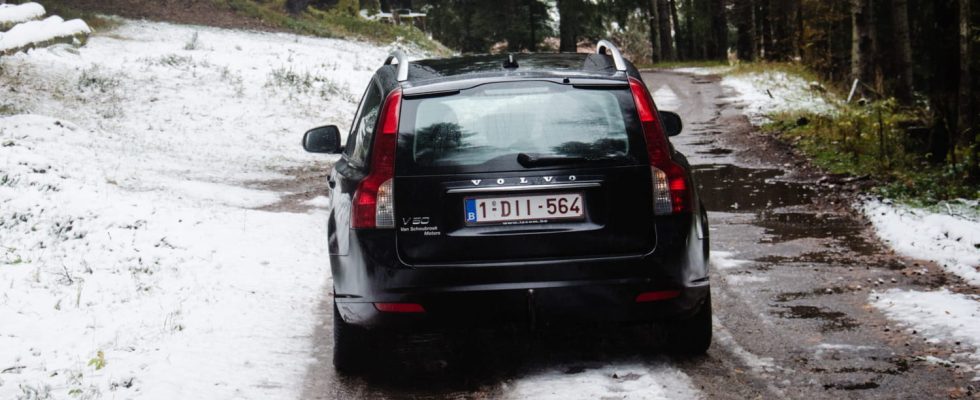Some car mechanisms can freeze when it’s cold. This is the case for this fairly essential element for parking which is best not used when temperatures are negative.
The cold probably affects cars much more than most motorists realize. When the temperatures become negative, we immediately think of the frost that will settle on the windshield and windows and the time lost in the morning to scrape the windows. Some people experience this every winter; the battery can discharge suddenly due to the cold, or rather the temperature difference sometimes quite sudden, thus preventing the engine from starting. But the cold can cause a lot of other damage, especially to a car parked outside, and sometimes it’s better to keep that in mind.
This is for example the case of a function that all motorists use whenever they hit the road. Whether before starting the engine or when turning it off, the driver activates the handbrake, by raising a handle on older models, or by pushing a small electronic button on newer vehicles. In doing so, it’s hard to imagine that we’re taking a risk when temperatures flirt with 0. And yet… Few motorists know it, but a car’s handbrake can freeze. In this case there is a good chance that you will not be able to loosen it when starting your car.
The consequences are more annoying than when ice is deposited on the windshield because thawing the shoes of a handbrake takes more time than scraping your windows. It is recommended to leave the engine running so that the car warms up, but if you are in a hurry the best solution is to grab a hair dryer and blow the hot air towards the rear wheels, where the handbrake acts. But above all, it is possible to anticipate the problem to avoid finding yourself in a stuck car.
The solution is simple but few motorists think about it: do not use your handbrake in periods of extreme cold. If you are on a perfectly flat surface and in an isolated parking space, you can very well leave your vehicle without doing anything. If you park your car on a slope or in an area with a risk of collision with another vehicle, simply engage a gear, first or reverse, to block the wheels (press the ” button No parking on automatics). And if you don’t have enough confidence, nothing stops you from also placing chocks in front of your front wheels and/or behind your rear wheels.
A car’s handbrake is primarily used to keep a car stationary when the engine is off. Unlike the main brake, which is used to slow down or stop the car while driving, the handbrake is designed to ensure safe parking. It usually acts on the rear wheels of the car. By pulling or activating it, it applies mechanical force to the rear wheels, preventing the car from moving, even if parked on a slope. But now you know that it can get blocked due to freezing and how to avoid it.
